Classroom displays – what are your thoughts on them?
At the beginning of the school year, there are three things bound to happen to a teacher’s brain:
- You’ll be secretly looking forward to going back and meeting all of your students.
- You’ll be secretly wishing that the lesson planning had already been done for you.
- You’ll not so secretly be going crazy over the thought of decorating your classroom.
Or was that just me?
When I was a teacher, my favourite thing to do when getting ready for the new term was creating classroom displays. Word walls, job displays, classroom theme decorations, you name it. If it went up on the wall, it was on my list of fun things to do!
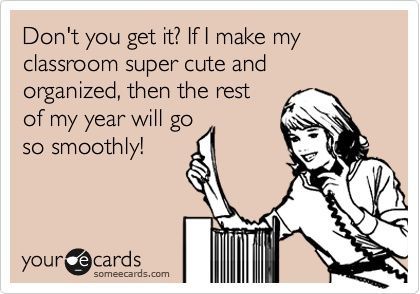
If you’re like me, you will spend your pre-term days squirreled away in your classroom, designing and constructing beautiful visual stimuli.
Before you get too carried away, however, ensure your displays are as effective as possible by considering the following tips!
4 Tips for Effective Classroom Displays
#1 Displays Help Set the Mood of Your Room
It’s no secret that schools can be quite daunting places for many students. Social and educational pressures can sometimes make the classroom a not-so-nice environment, despite a teacher’s best efforts at creating an inclusive and encouraging room.
Having a calm, visually appealing learning environment can go a long way to helping students feel welcome and valued. Motivational posters that encourage and support your students are a great addition to any space. Have a chat to your class about what each poster’s message means to them, and in what situation they might need to use it.
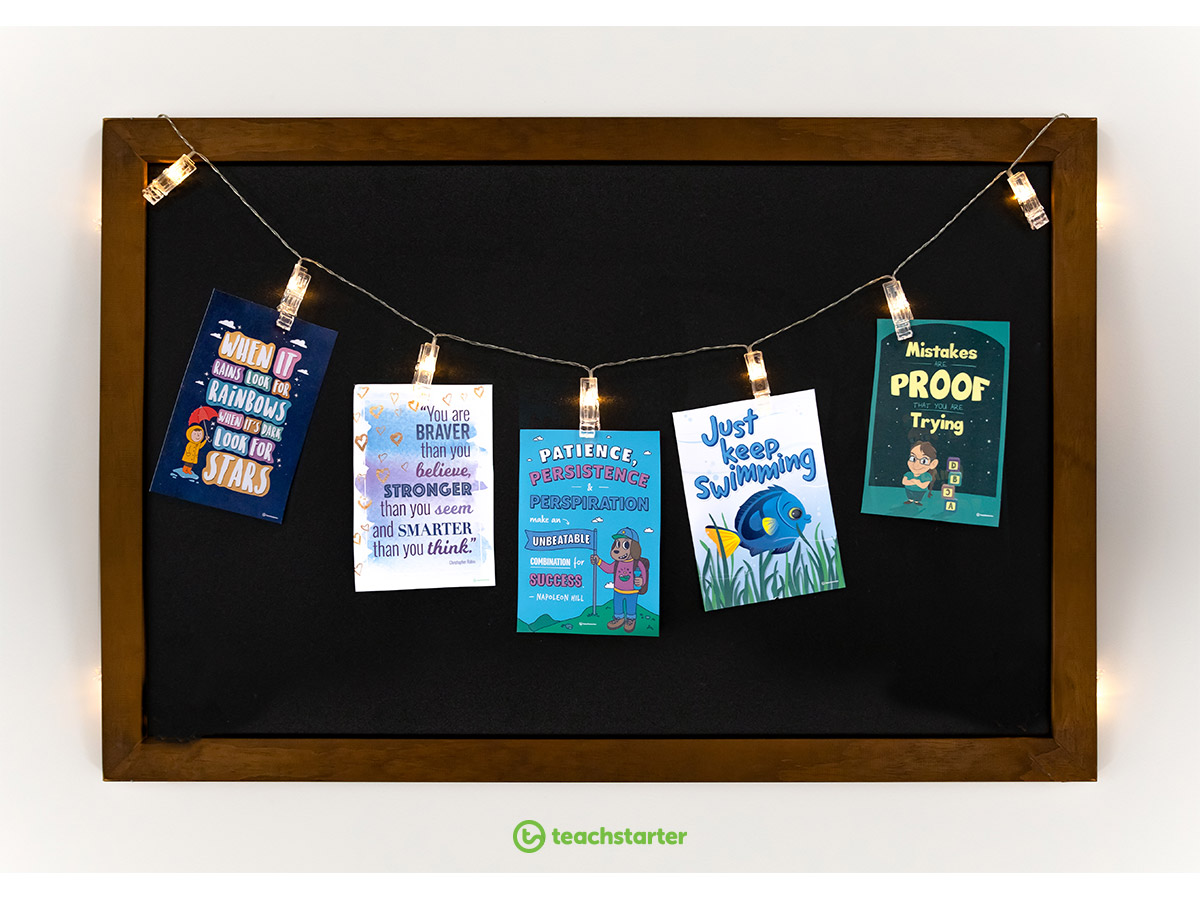
If you want your students to have a sense of belonging in the classroom, put up a display that directly involves them. A Bump It Up Display or Birthday Display will make them feel accepted and help set a positive and inclusive mood in your room from day one!
#2 Displays are Learning Devices…Not Distractions
One of the best things about children, in my opinion, is their ability to inhale knowledge like a vacuum.
In their research into Knowledge Development in Early Childhood, Pinkham, Herold and Neuman posed that not only is a solid exposure to educational content vital to developing students understanding of the world, it also helps children in several other important ways:
- Students who have strong knowledge bases are more successful in absorbing and retaining new information.
- Prior knowledge helps support the understanding of new content.
- Knowledge helps children strengthen their critical thinking skills, freeing up brain power for comprehension and analysis.
For these reasons and many more, it’s vital that students are exposed to content in as many ways as possible while they’re at school.
It’s no secret that visual displays help to reinforce your lessons. Whether it be information walls, thought-provoking posters, or simple diagrams, your students will appreciate the reminders when their knowledge and understanding requires consolidation.
That being said – you can’t just jam-pack your walls with information! Research also suggests that you can, in fact, have too much of a good thing.
Children were more distracted by the visual environment, spent more time off task, and demonstrated smaller learning gains when the walls were highly decorated than when the decorations were removed.
So what do you do? How do you find the right balance?
If you are going to be teaching and directing your students’ attention toward a particular place quite regularly (such as the whiteboard), it’s a good idea to limit the content around this area. This allows students to more easily focus their attention on you.
The areas where children will not be receiving direct instruction, such as independent or group work zones, are more appropriate places for your visual prompts and reminders.
If you are short on wall space, why not place drop sheets or paper in front of enticing wall distractions? That way you can have your visual stimulus on display. You’ll also be able to quickly cover it if students eyes start to wander.
#3 Displays Don’t Have to Cost the Earth
I don’t know about you, but when I was teaching I could have easily collected dozens of knick-knacks for my classroom displays.
During the holidays I would go to the educational superstore on the other side of the city. It was so easy to spend hours and lots of dollars on new and interesting poster packs and displays.
As I became more experienced, however, my creative side meant that my decorations didn’t have to cost a million dollars.
In the end, a lot of my classroom displays came from my own hand. All you need are some downloadable resources (such as The Weathering and Erosion Word Wall Vocabulary!), a printer and a laminator – plus a few supplies from the arts and crafts cupboard!
Over the years I found particular use out of plastic tablecloths, fabric sheets, and of course – the recycling bin! You can use these items to cover the backs of bookcases and create colourful and eye-catching wall displays.
#4 The Most Effective Displays of All – Student Work
There is another upside to not over-decorating your walls at the start of term – you’ll leave plenty of space to hang and display student work.
I much preferred walking into my classroom day after day and seeing all of the things that my kids achieved while in my care. All the learning they did – up on display!
Showcasing student work also helped to encourage me to provide lessons which were much more interesting than worksheets and bookwork. Students felt motivated to complete work if they knew it was going to be put out for all to see. And to a high standard as well!
Leaving displays half finished is another great learning trick. As your students travel along their learning journey, they will have plenty of space to add their ideas and new knowledge.
Displaying student work helps your students have ownership of the room, and they can look back on the term with a sense of achievement.
The classroom is, after all, a place of learning!

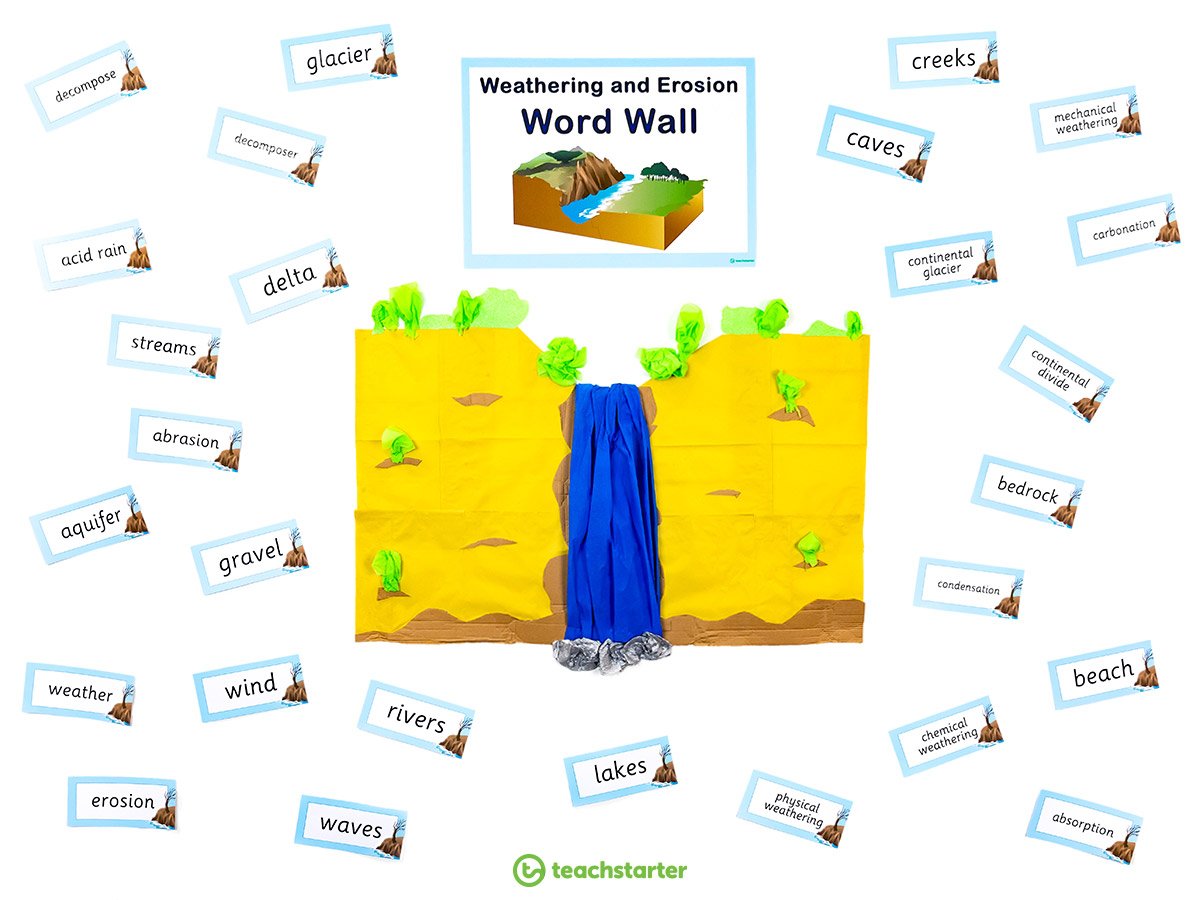
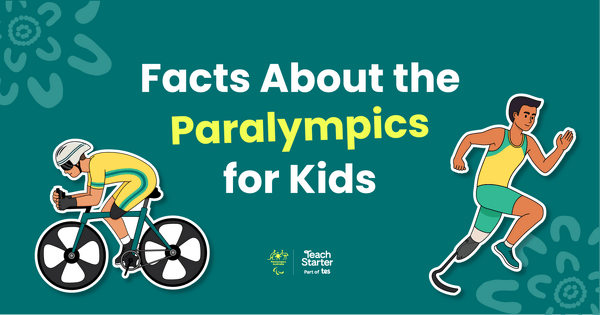

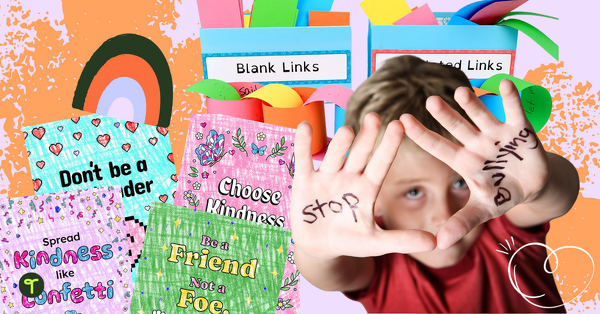

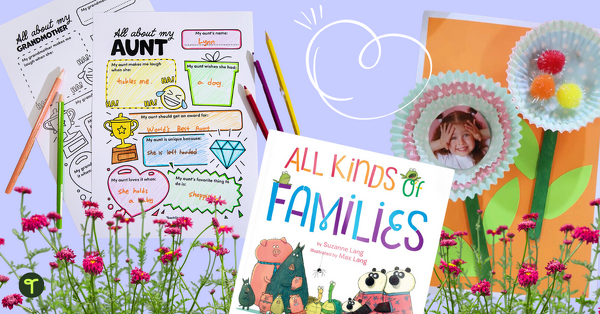
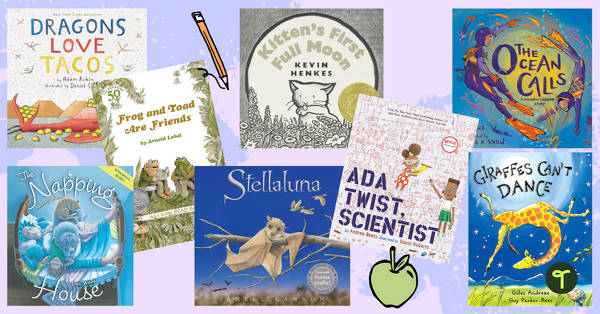
Comments